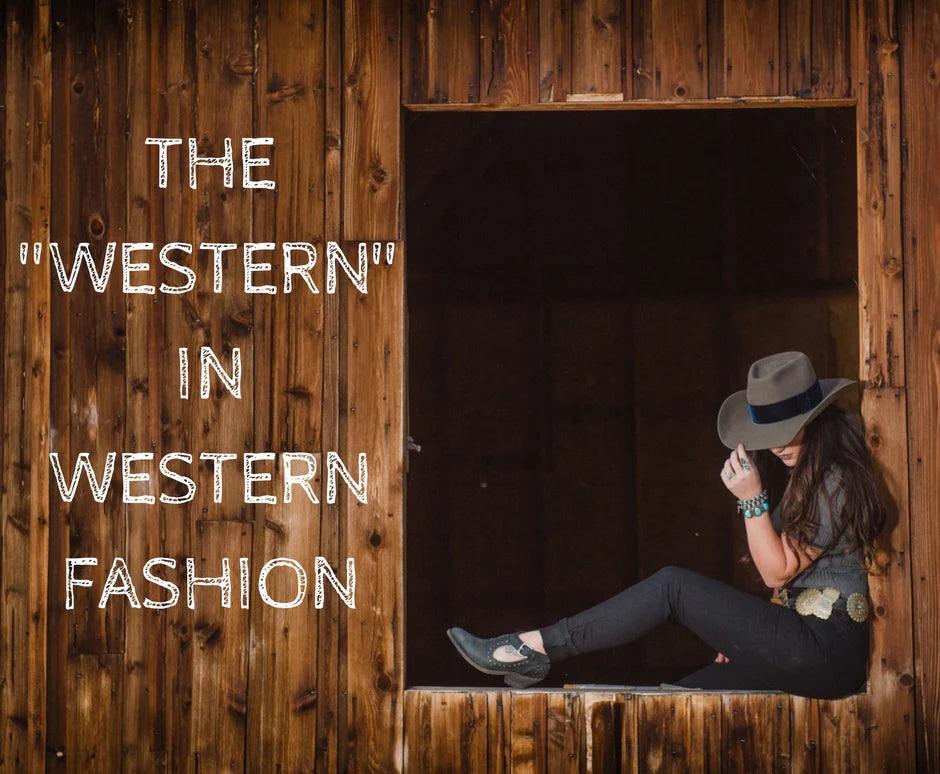In this two part series, we will dive into the world of being a collegiate equestrian athlete. For part one we will talk about the National Collegiate Equestrian Association (NCEA) and the Intercollegiate Horse Show Association (IHSA). Both are phenomenal programs for giving students the ability to continue to compete and ride during their college years.

|

|
The NCEA began in 1998 and currently has sixteen Division I and five Division II schools. Riders can compete in the categories of hunt seat equitation over fences, hunt seat equitation on the flat, western horsemanship, or western reining. This sport was adopted by the National Collegiate Athletic Association as a sport for women.
At each competition, five riders from each team compete in a head-to-head matchup. Each rider is paired with one of the five horses in a random draw. The riders watch the horse warm up and then receive four minutes to practice before competing. Riders from the opposing team compete on the same horse. Each rider receives a score, and the rider with the highest score receives one point for the team.

The IHSA was established in 1967. This association currently encompasses 40 regions in eight zones with almost four hundred colleges in 45 states and Canada. The IHSA allows riders with various degrees of experience to compete. Classes range from the Beginner Division for first year students to the Open Division for more experienced riders. Both women and men are able to compete in the same four categories as the NCEA.

IHSA regular season shows consist of all the teams competing within their given region. Riders in each division draw a horse from random and then are allowed to read a short bio on their horse. The rider then mounts their horse and goes straight into the pen without warmup. Riders are placed and receive points based on their placing. Each division requires so many points for riders to advance to Regionals then Semi-Finals and finally on to the National Competition. Individual riders and teams as a whole have the ability to make it all the way to Nationals.

These two associations join together each year for the AQHA Collegiate Horsemanship Challenge during the Lucas Oil AQHA World Championship Show. Sixteen riders are chosen to compete with eight being NCEA and eight being IHSA. The competition consists of preliminaries run as an NCEA show, and finals run as an IHSA show.

Check out your local ISHA or NCEA equestrian team to learn more about being a collegiate athlete!
Photos courtesy of IHSA, NCEA, and AQHA
~ Courtney Hall
August 9, 2017



